Your login information returned multiple users. Please select the user you would like to log in as and re-type in your password.
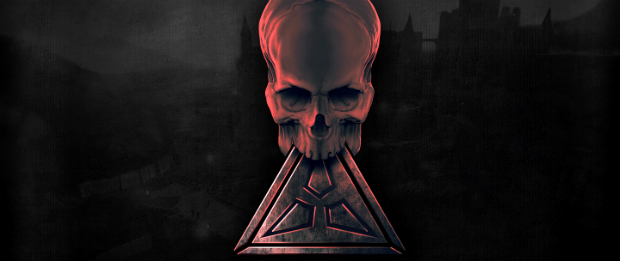

Old school gaming. Its made a resurgence recently due in no small part to a feverent mixture of both nostalgia -as the ranks of old gamers slowly grow into adulthood and make games of their own- and necessity. Indie developers have found that low investment capital renders itself well to 8-16bit graphics and gamers have taken to it readily so long as the gameplay was there.
But replicating graphics is one thing; capturing the heart of the original work is something completely different, and usually much harder to obtain. So you can imagine my surprise when on the last day of PAX Prime I found myself standing in the corner of the conference hall, surrounding by blasting rock music and dancing girls in Gunnar Glasses only to have the entire chaotic scene around me just melt away. And in one of those 'twiddly' Wayne's World flashback transitions I was brought back to my friends computer-room back in the late 90s. There we would be up most of the night playing the multiplayer shooters of the time. Tearing our way through sprawling arena-like structures and hitting jump pads at ferocious velocity only to be shot through the air and attempt to connect our foe with a volley of rocket launches. Quake III Arena was the game of choice back then, but it had also come from good stock. Leading up to genre-changing releases like Half-Life, the shooter was a completely different beast. And I use the term beast purposefully. Not unlike charging wolves, players ran in packs through the levels, charged up by weapon and ability pickups that could change the flow and dynamic of a match in a moments notice. These games were as tactically macro as they were micro, and learning the ebbs of this flow was imperative for any success.
My character is killed by a mid-air rocket moments after hitting the jump pad. I look up and the world quickly slides into place. The girls continue dancing to cheering gamers as I quickly find my way back. The scene is bustling, but I've been still. And as they jostled and churned for a better view of the gyrating action I've been playing the remake of Rise of the Triad, and they have no idea I just went on a little journey to the heart of late 90's gaming.
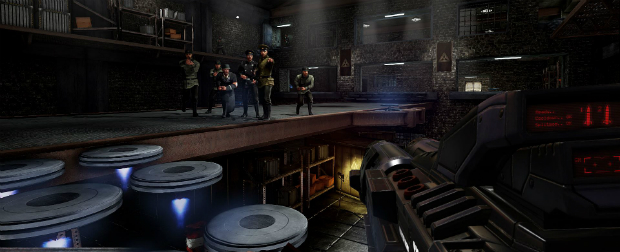
This ROTT is a full up-to-date remake of the 1995 original but infused with the increased speed and verticality of other shooters at the time. This fantastical sense of mobility is only enhanced by the variations of weapons which have an increased absurdity themselves. A flame wall gun which shoots...well...walls of flame. A drunk missile which shoots five missiles at once, the Excalibat weapon which shoots out a 180 degree wall of exploding projectiles. And you'll probably fall in love the moment the main character re-loads his dual pistols without even touching the clips.
Of course it would be remiss of Interceptor Entertainment and Apogee Software if you weren't doing all this to heavy metal tracks which shred out covers of the original music. Luckily, they've come through.
I tend to cringe now a-days when games are remade using modern technology. I fear they'll fall far short of their original brilliance, leading me to possibly believe that nostalgia had been playing some sort of cruel joke. And this is often the case. But not this time. This time I walked away with my head held high. There was a reason I gamed in the 90s, and ROTT reminded me why.
After playing I had a chance to talk to Dave Oshry, marketing director for ROTT about all these things, 90's gaming, modern gaming and where ROTT falls amongst it all.
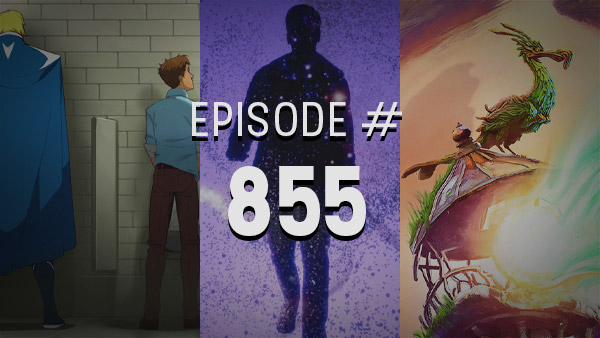
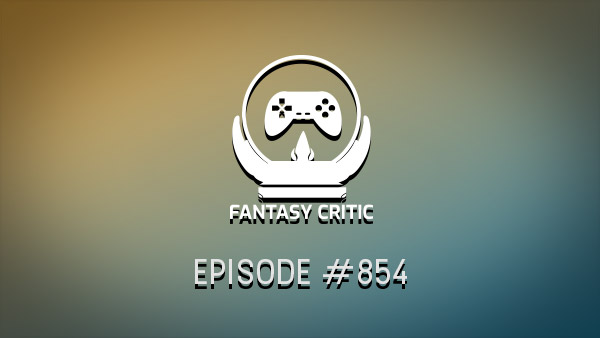
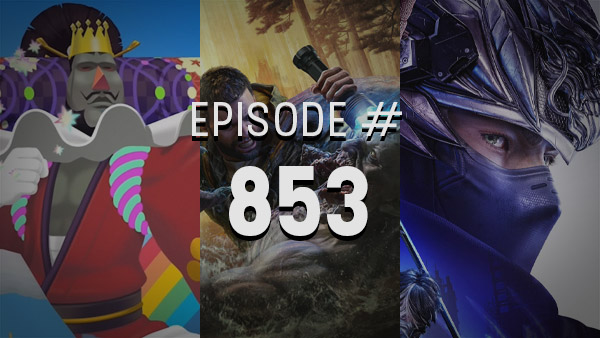
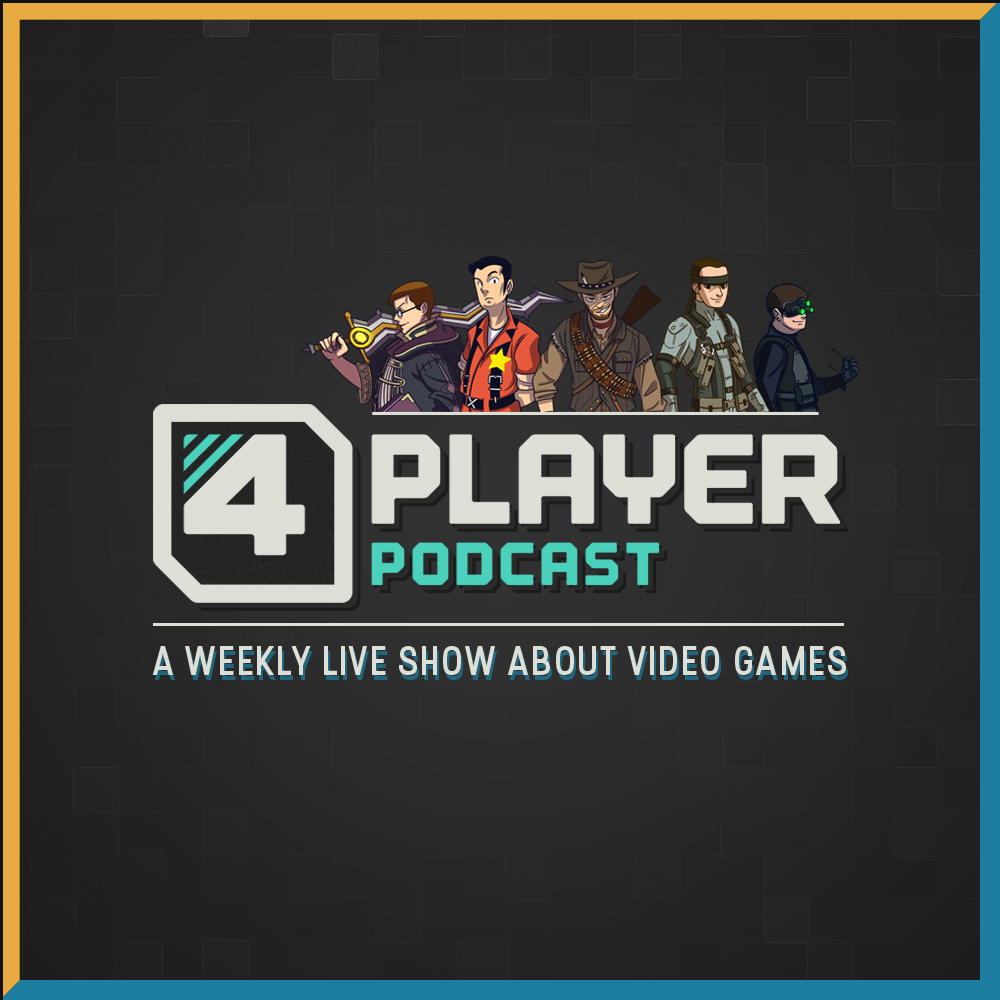
Comments
13 years, 1 month ago
Oh yes, this is the kind of FPS I want!
13 years, 1 month ago
I'm really looking forward to this when it comes out. :D thanks for the post Joseph